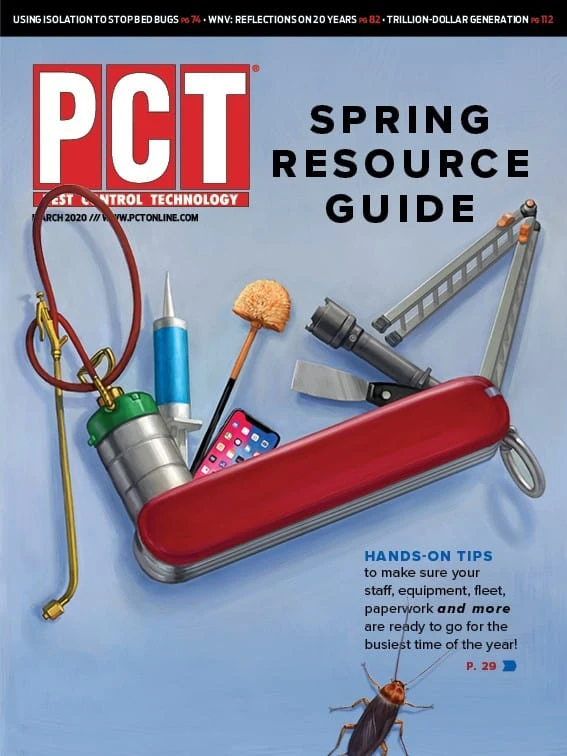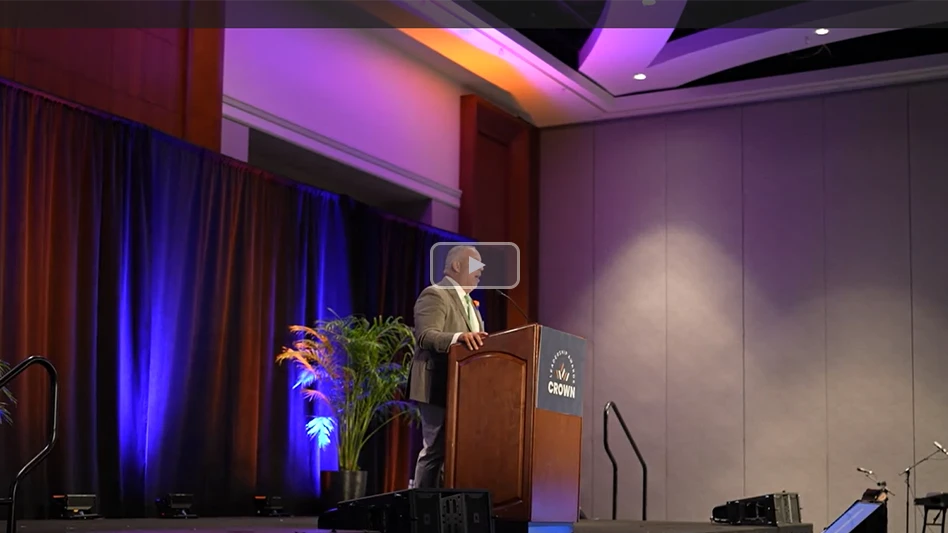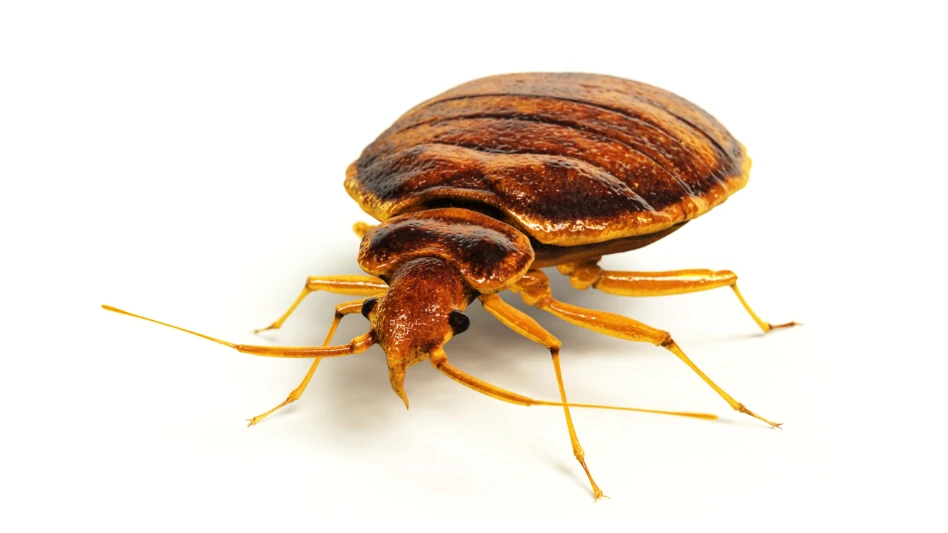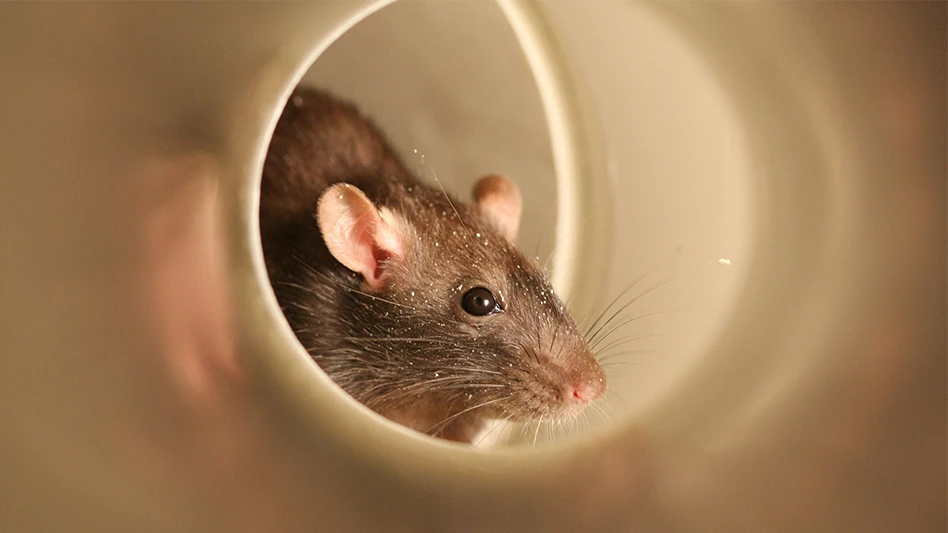
As we say “farewell” to chilly temperatures and welcome warm spring days, insect pests also begin to enjoy the warmth. Warmer weather and changes in the daylight length trigger a variety of pests, such as boxelder bugs, lady beetles, cluster flies, ticks, fleas, swallow bugs, wasps, ground-nesting bees and mosquitoes, to move in or out of a structure and become a nuisance for customers. Reactive treatments for several spring pests could be unnecessary and probably unwise; however, preventive applications to prevent spring-invading pests could be an effective way to keep these pesky intruders at bay.
Mosquito eggs are among the early eggs to hatch in the spring and their developing adults can bite in a week or so. To deal with mosquitoes, especially those that are known as disease vectors, advise your customers to locate and remove any larval breeding places first. These breeding sites may include standing water around their property, such as puddles, buckets, gutters and downspouts clogged with water. Secondly, recommend mosquito “barrier” treatments, which can provide up to 95 percent reduction in the mosquito activity in and around a structure. These treatments should be developed to apply proven residual pesticides to foliage using a power mister at three- to four-week intervals.
Ant activity between late winter and early spring indicates to the PMP where they may be located. The presence of winged ants, especially in large numbers indoors, is a clear sign that the ants, mainly carpenter ants and pavement ants, have already established their nests nearby. In this case, you should properly and promptly treat for ants before the infestations grow.
However, treatments for fall-invading pests in the spring are ineffective. This is because boxelder bugs, cluster flies, multi-colored Asian lady beetles, brown marmorated stink bugs and other fall- invading insects are emerging from their overwintering sites and are moving away from buildings. If they re-enter again into the indoors — mistakenly or because of weather conditions — they will not reproduce there. In this case, advise your customers to physically remove them by vacuuming and discarding the vacuum’s contents outside. In commercial accounts, the use of insect light traps (ILTs) can be a wise choice to capture and reduce the number of flying insects around people. Moreover, treating fall-invading insects in the spring does not have any impact on the number of fall invaders next fall.
In general, to manage spring-invading pests and prevent them from entering a structure, an effective preventive perimeter treatment should be implemented along with IPM approaches, such as pestproofing practices and habitat modifications. Remember, timing is a critical key to success. All pesticide applications and exclusion practices, such as replacing worn-out door sweeps, sealing all pest entry points, and managing outdoor lights, tightening screens, windows and doors, etc., should be made early enough before spring pests become active on or around a structure.
Finally, watch the weather forecasts and plan your pesticide applications accordingly. Encountering an extended winter or heavy rains in the spring may render a liquid treatment ineffective. Select the best time for treatment following the label directions. Make certain to communicate your perimeter treatment expectations as well as the follow-up treatment evaluations to customers. Paying attention to the biology, behaviors and habits of common spring-invading pests can help you manage them more effectively.

Explore the March 2020 Issue
Check out more from this issue and find your next story to read.
Latest from Pest Control Technology
- New Species Being Discovered Faster Than Ever, Study Finds
- NCPMA Announces David Billingsly as Pest Control Technician's School Keynote Speaker
- Velez Promoted to VP of Operations at Victory Pest Solutions
- Guarantee Pest Control's Gary Blankenship Reflects on 50 Year Pest Control Career
- Happy New Year!
- American Pest Branch Supports Local Family Affected by Housefire
- Show and Tell: Specimens Breathe New Life into Training
- Research Unveils Secret Lives of Western Drywood Termites





